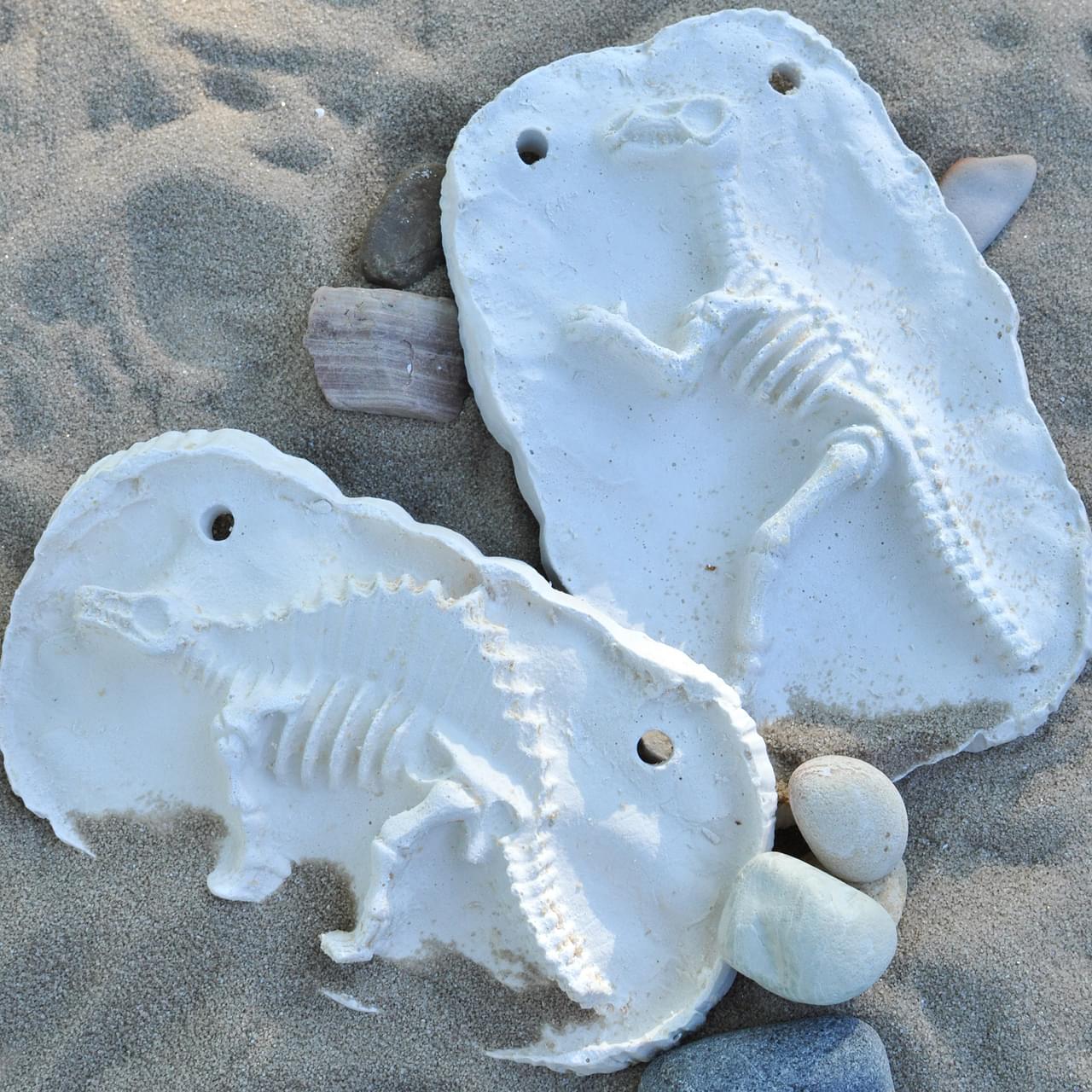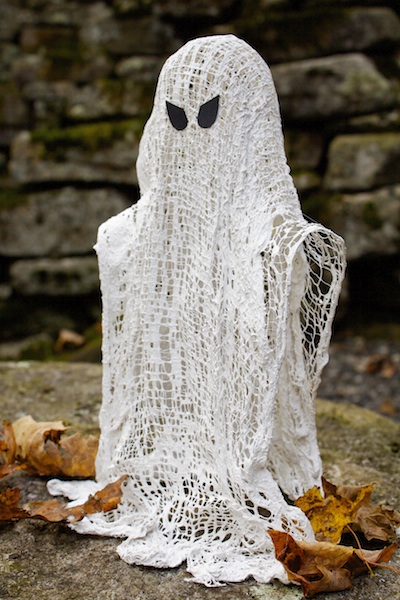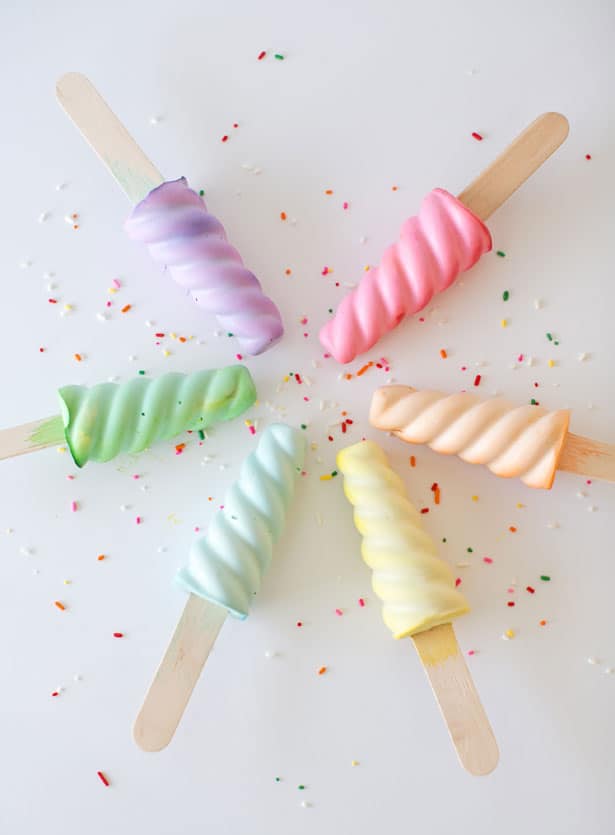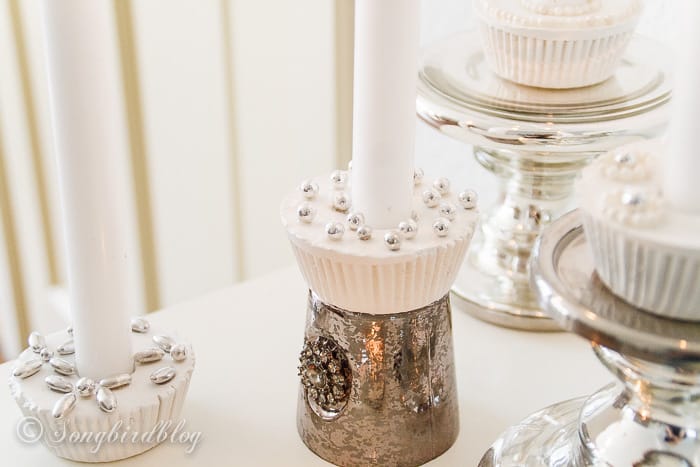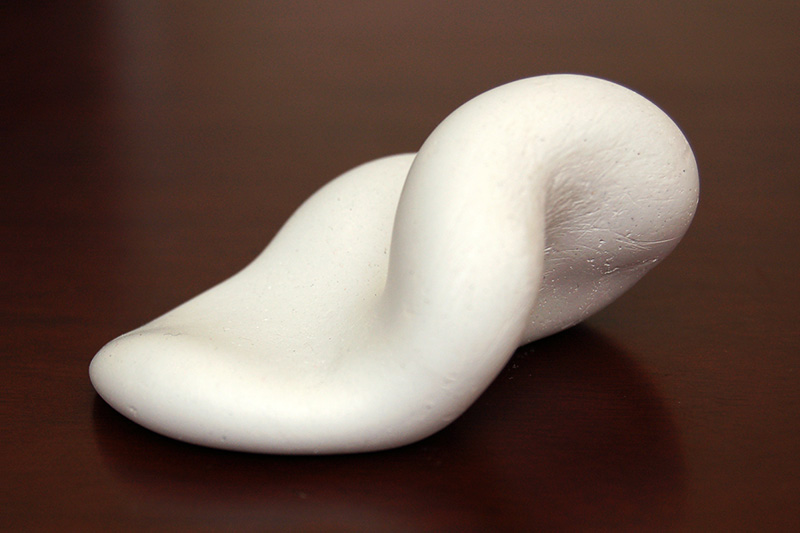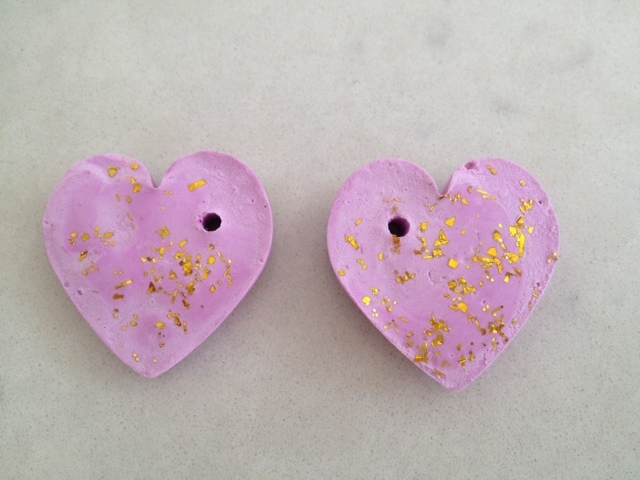Have you ever used plaster of Paris? Perhaps you used it with animal moulds when you were little - or maybe you have little ones you want to introduce the craft to.
Even if you've never used it before, it's easy to learn and a whole lotta fun!
In this article, we go through everything you need to know, from its uses and where to buy, to our favourite craft projects and the best kits.
What is plaster of Paris?
Plaster of Paris is a quick-setting powder made from the soft, white (ish) mineral gypsum.
There are two types of plaster of Paris that you are likely to come across: loose powder, and bandage form.
Plaster of Paris is commonly used as a building material, as well as in dentistry and orthodontics. It's used to make plaster casts for broken bones, sculptures, decorative elements and, of course, in the craft industry.

Why is it called plaster of Paris?
It is called plaster of Paris, because of the abundance of the mineral gypsum near Paris in France.
After the Great Fire of London in 1666, Parisians covered many of their wooden walls with plaster, at the order of the King, to protect the buildings from fire damage, should a disaster like that ever hit the city. This is because plaster is non-combustible.
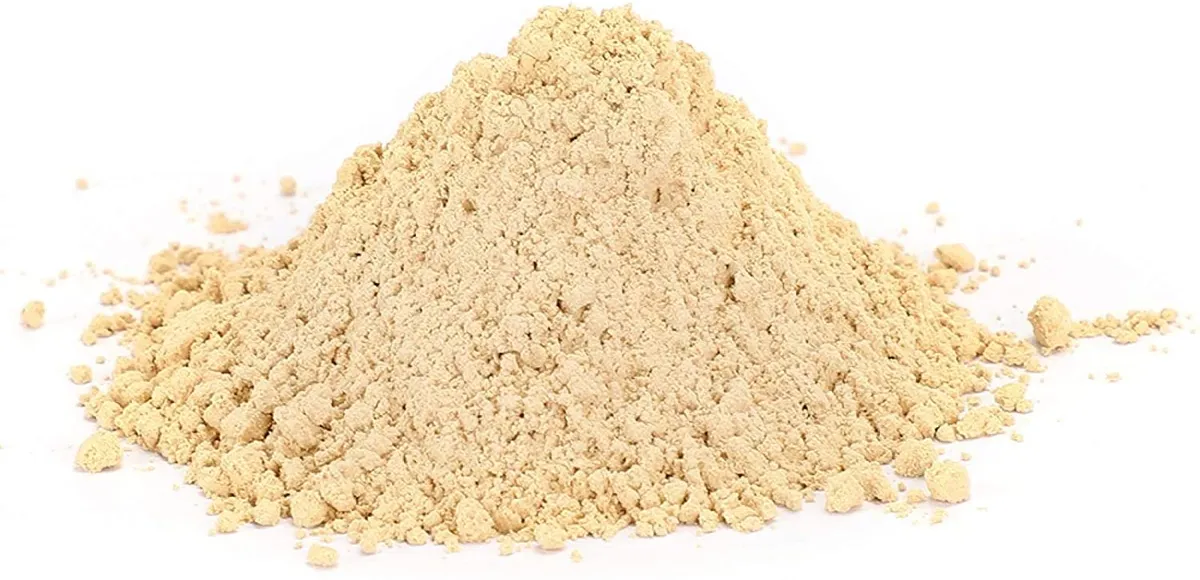
Paris subsequently became the centre of plaster production in the 1700s. Historically, the use of plaster dates back to around 9000 years and has been used by the ancient Egyptians, Greek and Roman civilisations!
Where to buy plaster of Paris moulds, kits and supplies
Thankfully, it's not hard to come by, and you can pick up both the powder and bandage types at most DIY stores or craft stores. It's relatively inexpensive, but it can be messy!
If you're looking for plaster of Paris to buy, it's useful to know that the bandage form is also called modroc.
Plaster of Paris kits and moulds
If you're looking to make sculpture your next craft project, check out our pick of the best plaster of Paris kits you can buy right now.
4M Mould & Paint Dinosaurs
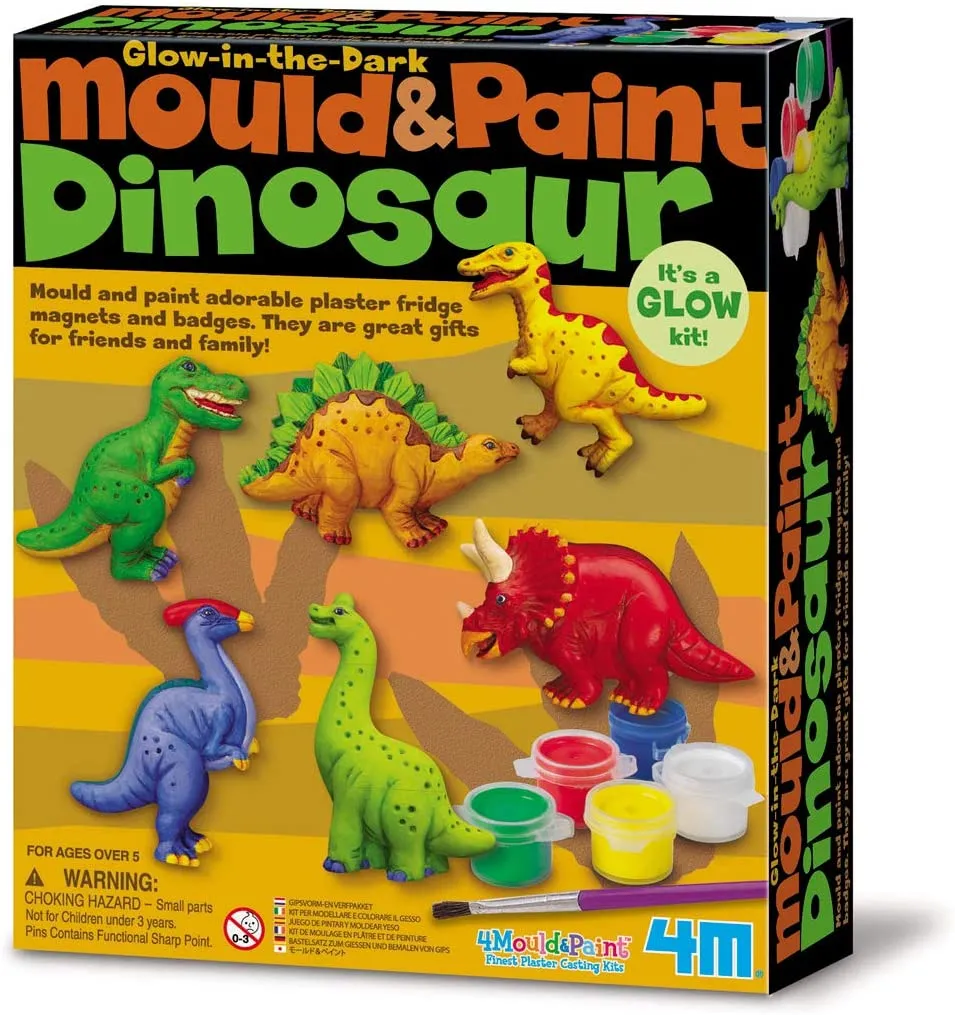
This plaster of Paris kit from 4M allows you to make five different dinosaurs! Turn your dinosaurs into fridge magnets with the included magnets - keep some superglue handy if you're having trouble making the magnets stick - or make glow-in-the-dark dinosaurs with the glow paint!
3D Family Hand Casting Kit
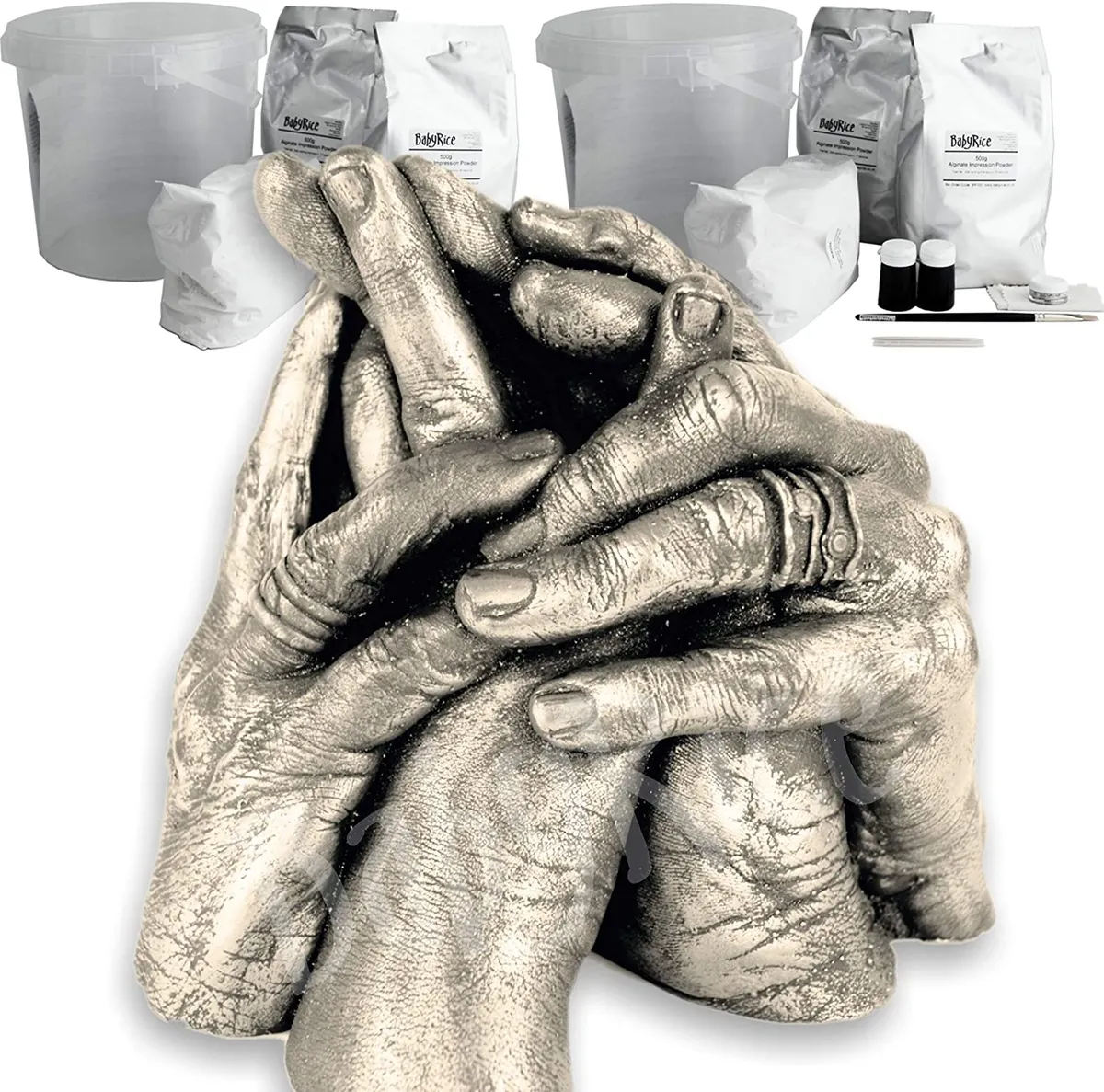
Although slightly on the more expensive side, this plaster of Paris kit will help you make a treasured keepsake of your family. Hold hands with the rest of your family members and plunge into the bucket to create a mould. Pour the plaster of Paris into the mould, leave to dry and pull apart the mould to reveal a 3D replica of your hands!
Horse Casting and Painting Kit
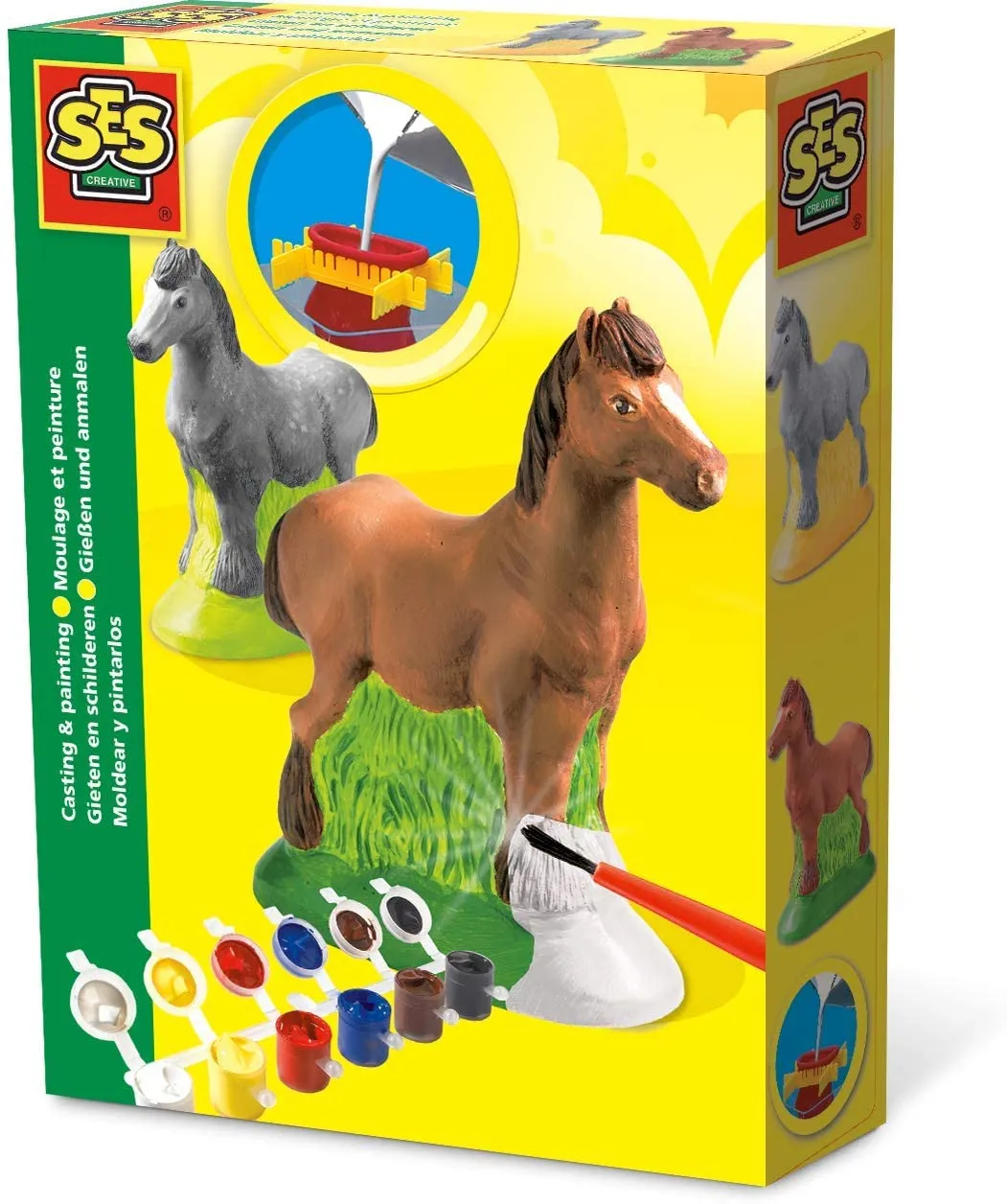
Make a 3D horse sculpture with this kit! Be careful when turning out the mould as the neck is fairly slim in comparison to the body. This is a nice gift for any crafty horse lovers!
Junior Holding Hands Kit
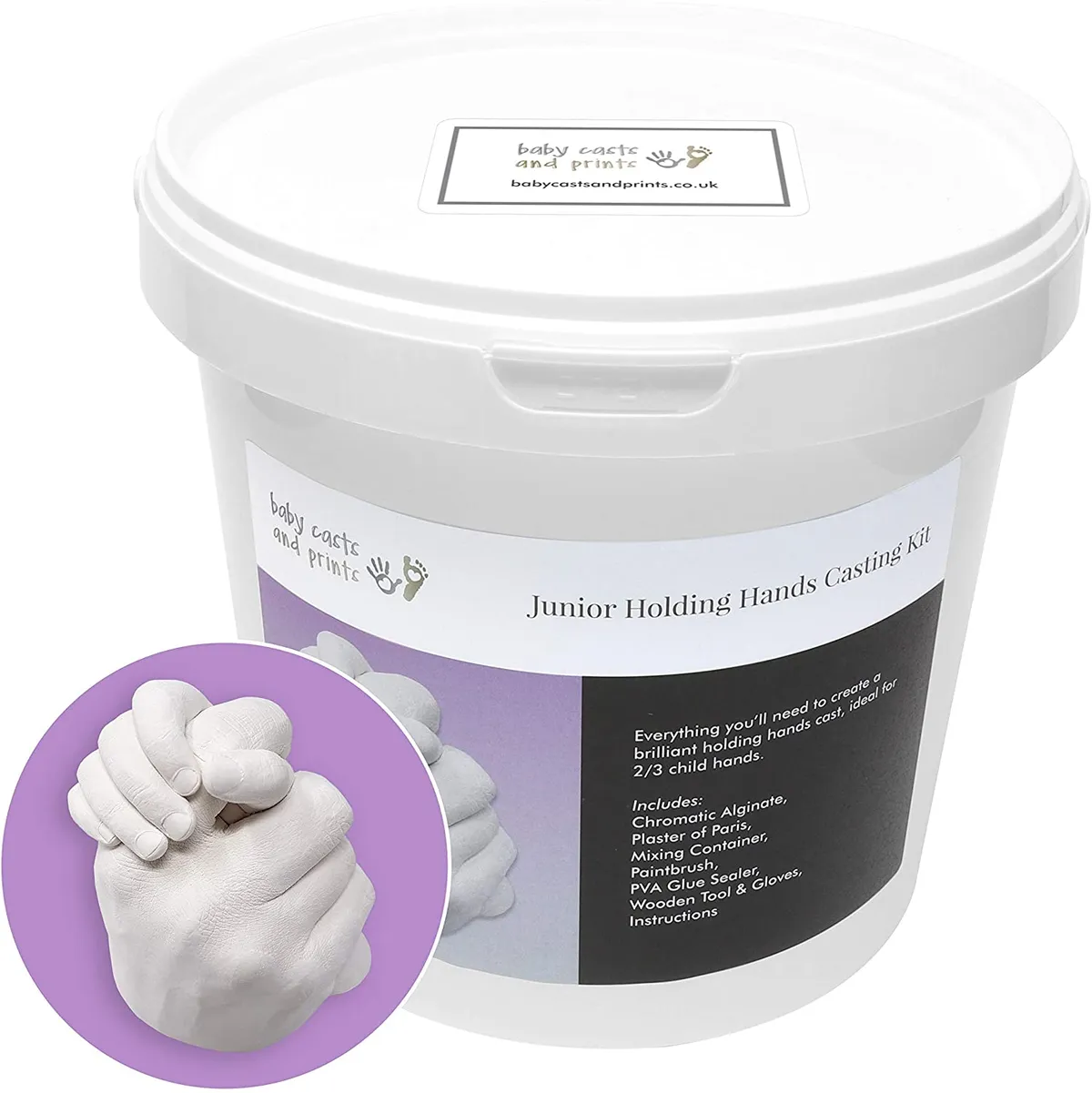
This kit is ideal for capturing those precious early years of parenting a young child. It's a similar concept to the family kit (listed above). Hold hands with your little one, and plunge them into the bucket to create your mould. Mix up the plaster of Paris, pour into the mould and leave to dry.
4M Mould & Paint Space
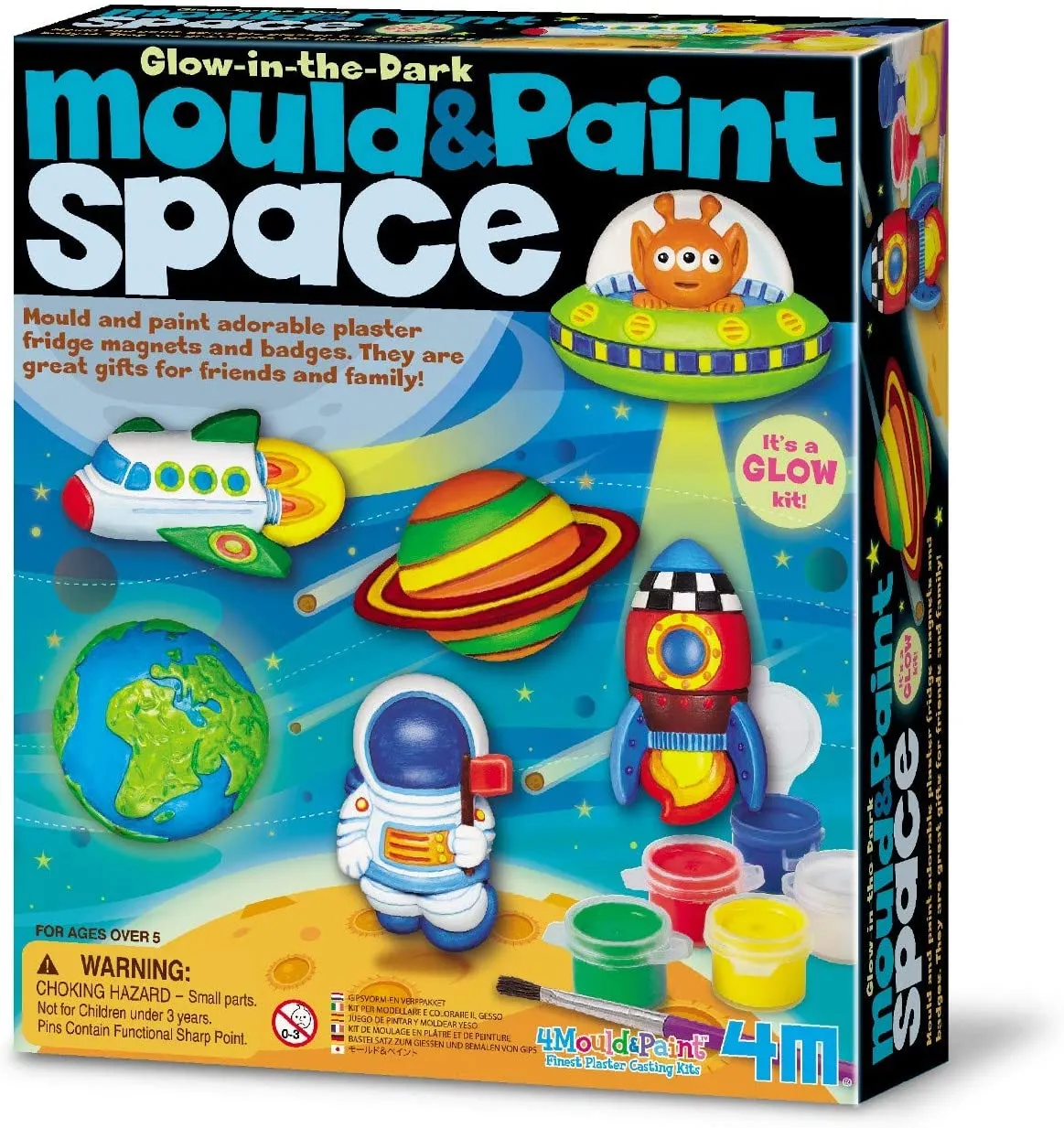
This kit is simply out of this world! It comes with glow-in-the-dark paint which, no matter how old you are, seems like magic!
Mould rocket ships, astronauts, planets and space shuttles with this fun kit. Then fix magnets on the back and pop them on your fridge!
4M Mould & Paint Robots
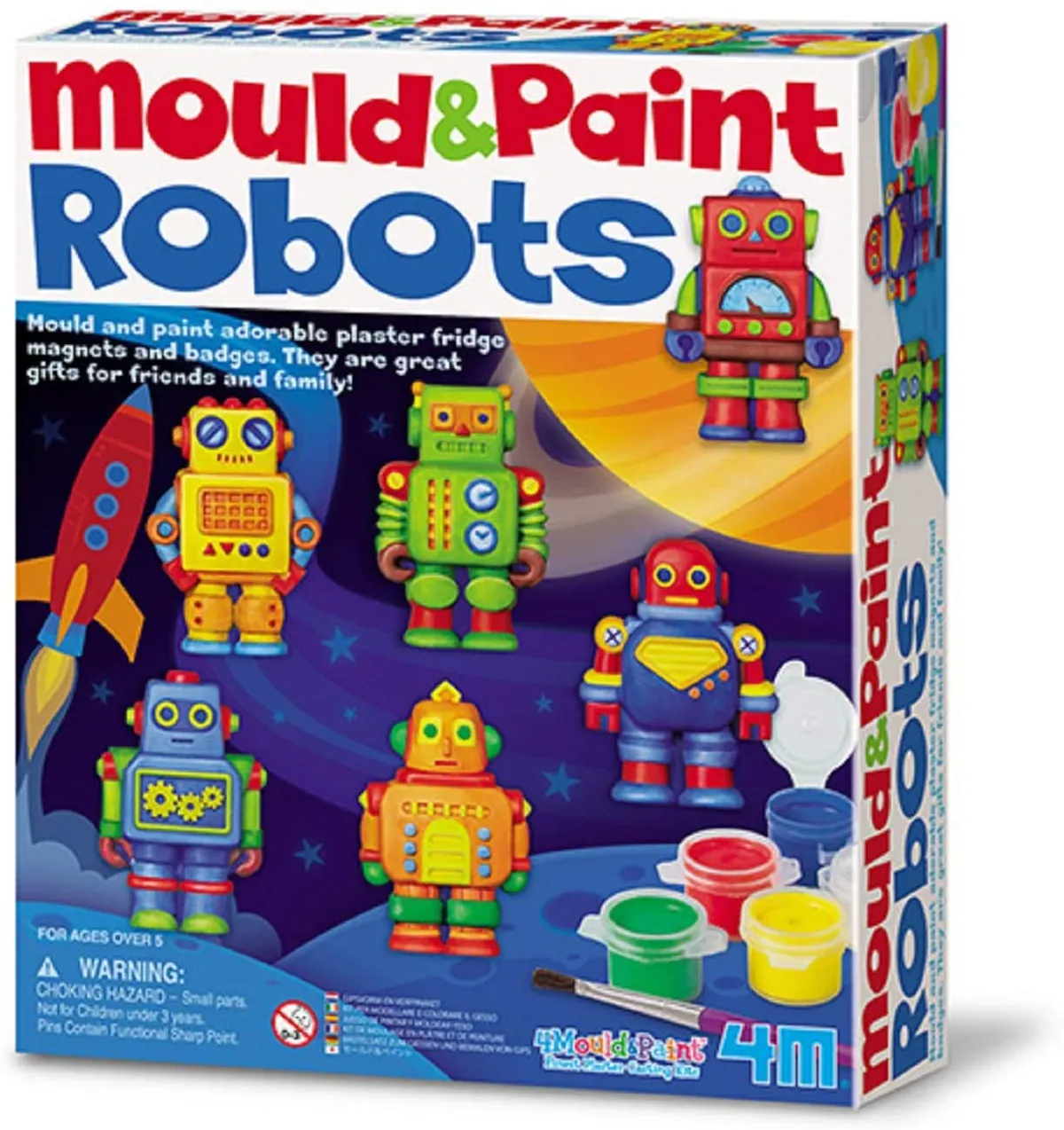
Make five different robots with this brilliant kit! Paint them bright colours with the included paints, or grab some silver paint (or spray paint) from your local craft shop for a metallic shimmer.
Llama Mould & Paint Kit
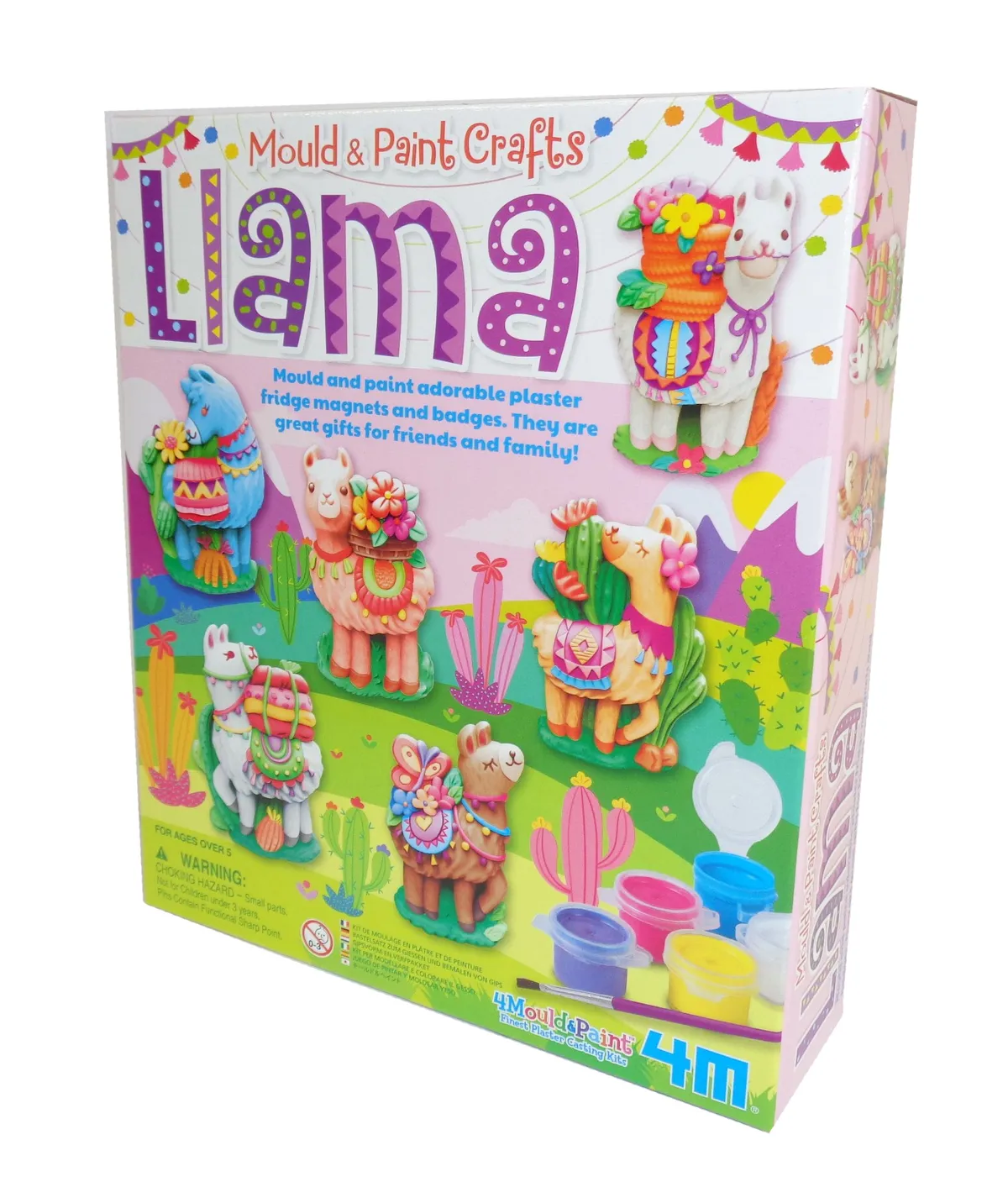
Who can resist these colourful, prancing llamas? There are five to mould and paint, each in a different pose with fun accessories.
Once you're done making llamas, you can use the moulds to make resin versions. The resin needs to be bought separately - check out our how to use resin guide if you're interested!
Body Part Plaster Casting Kit
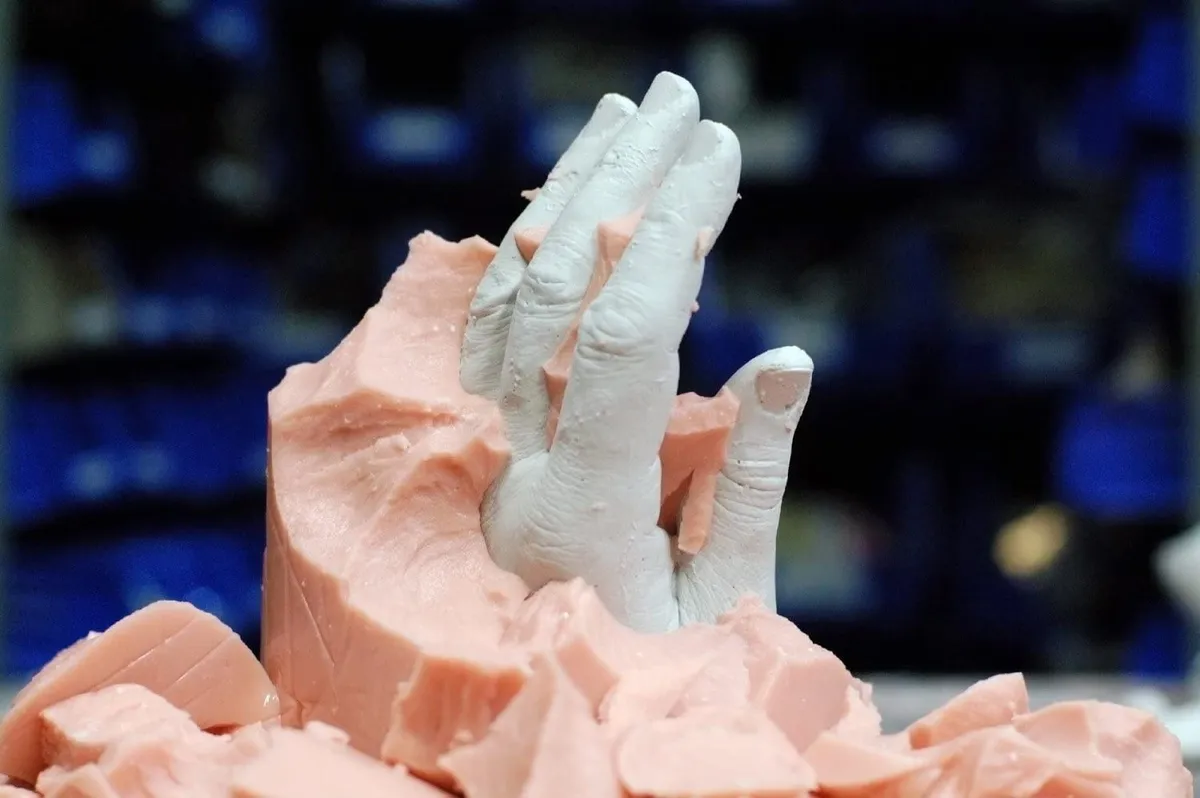
Similar to the previous hand-holding kits - this skin-safe kit is marketed towards creating 3D moulds of "body parts". Take from that what you will!
Just the bandages
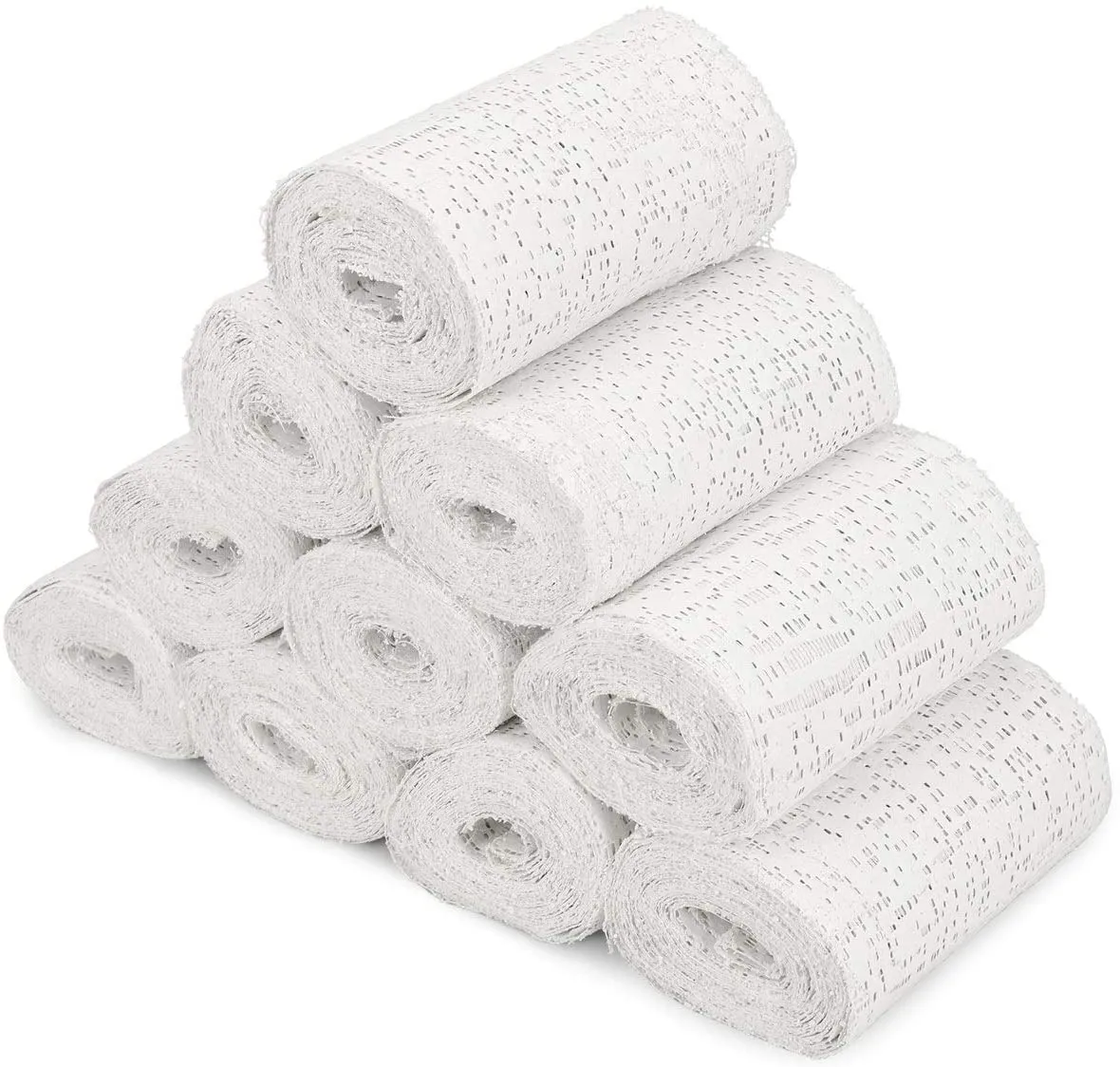
From faces to bodies, easily and safely make casts and mementoes with the pack of plaster bandages from Navaris. The skin-safe bandages can be used for arts and crafts, sculpting, or even contours of pregnant tummies.
More plaster of Paris moulds
Skull
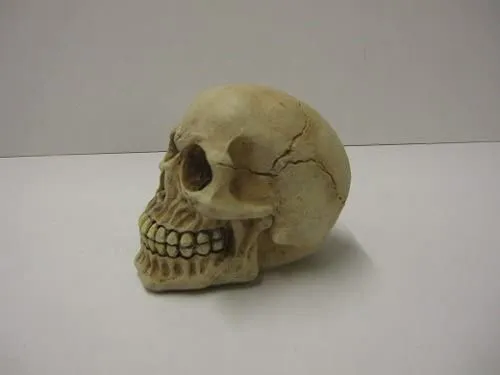
This realistic skull plaster of Paris mould is ideal for Halloween! It's made from reusable latex and, once painted, this 8 x 8 x 10cm plaster of Paris mould is the perfect addition for dialling up the spooky factor via your desk or mantelpiece.
Fairy Door
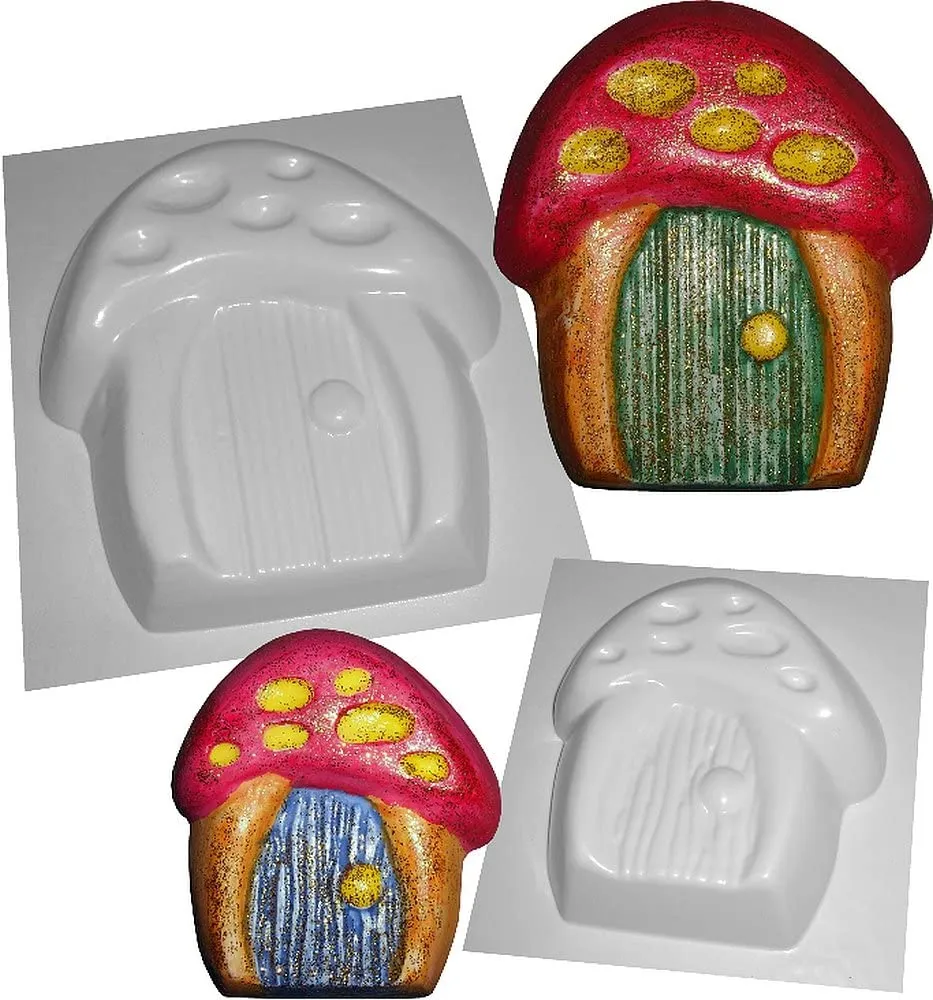
This is a cute set of two reusable ABS plastic moulds for casting fairy doors with plaster of Paris (or concrete). We think these plaster of Paris mould would be ideal for adding to the base of trees or along skirting boards for little ones to discover the fairy realm!
Traditional Farmyard
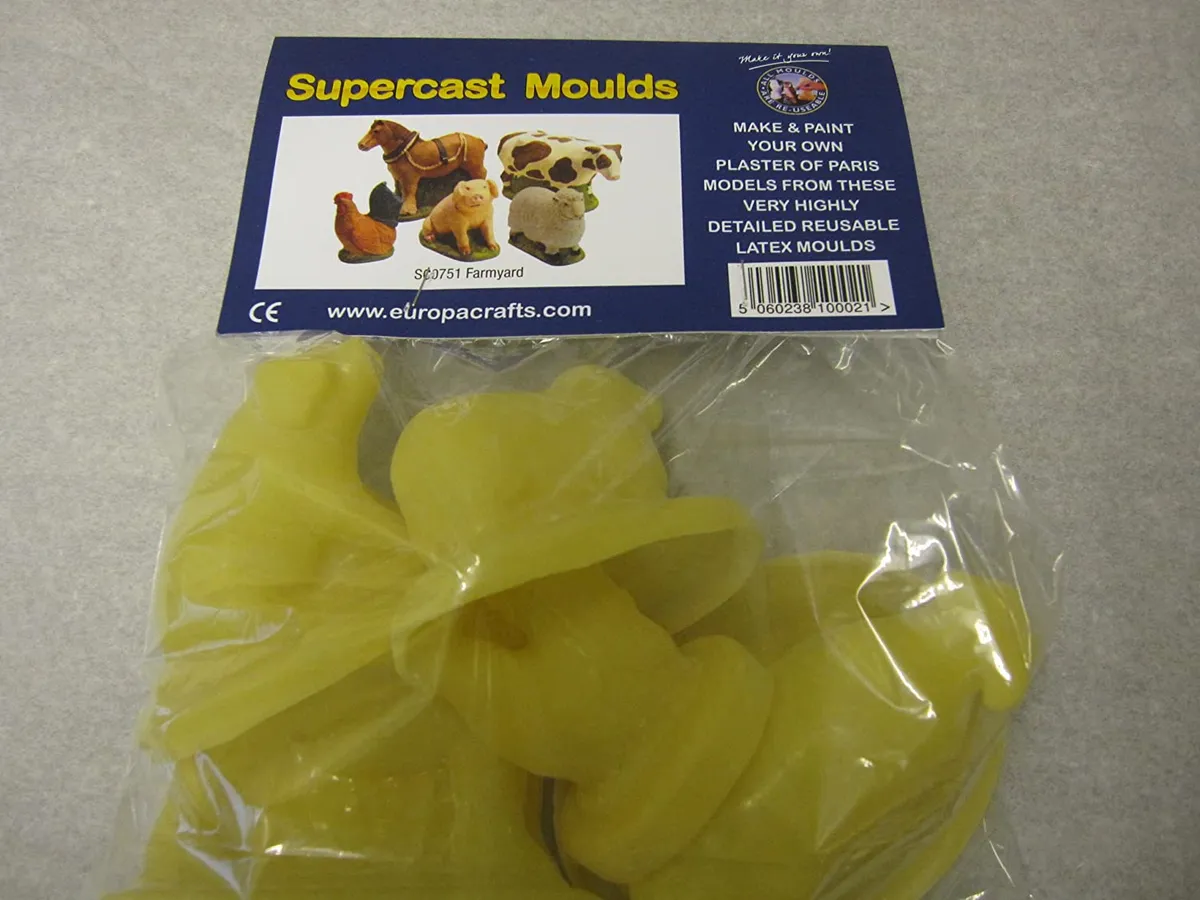
These are the traditional moulds that many of us remember from childhood. Make and paint your own farmyard animals with these highly detailed reusable latex moulds. There's a horse, cow, pig, sheep and cockerel for you to fashion your own menagerie.
Stones
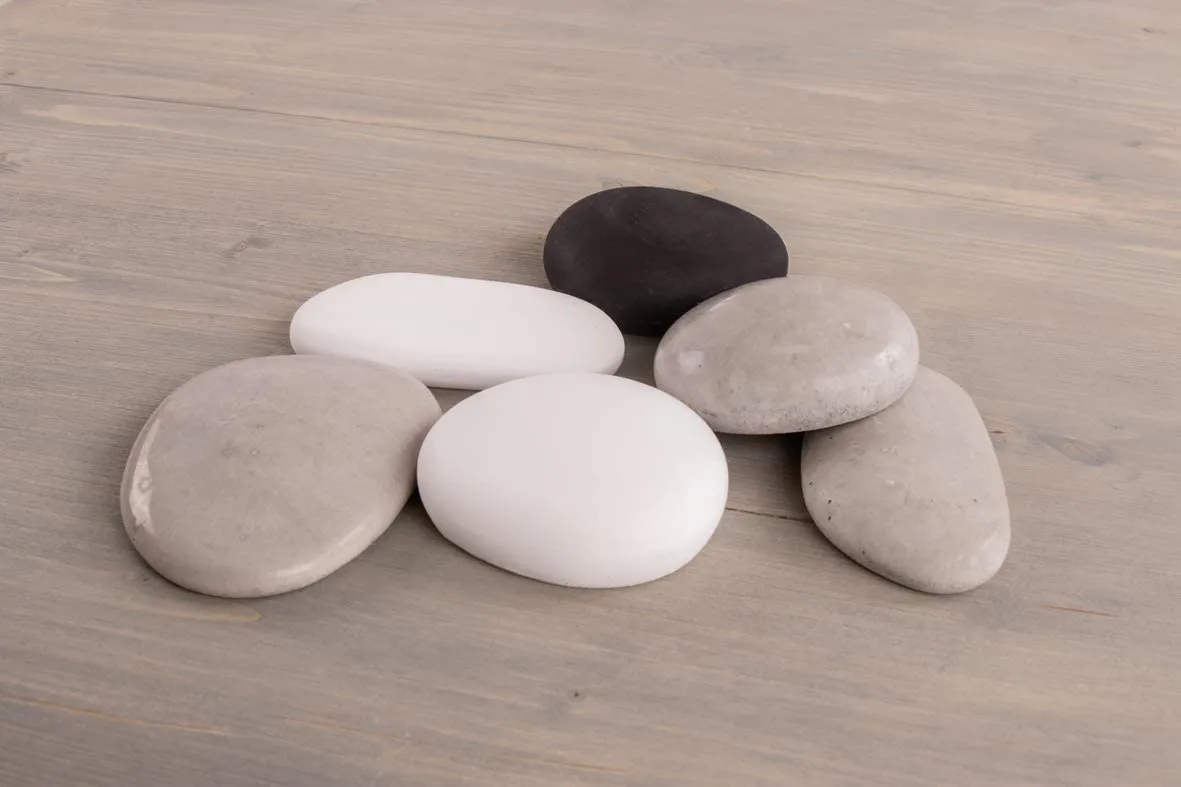
Use these pebble moulds for rock painting, and create wonderful patterns, mandalas or quirky stone animals. You can use acrylic markers or a dotting tool to transform the plain stones into colourful masterpieces. Moulds like these would also be great for making soap.
Christmas Nativity
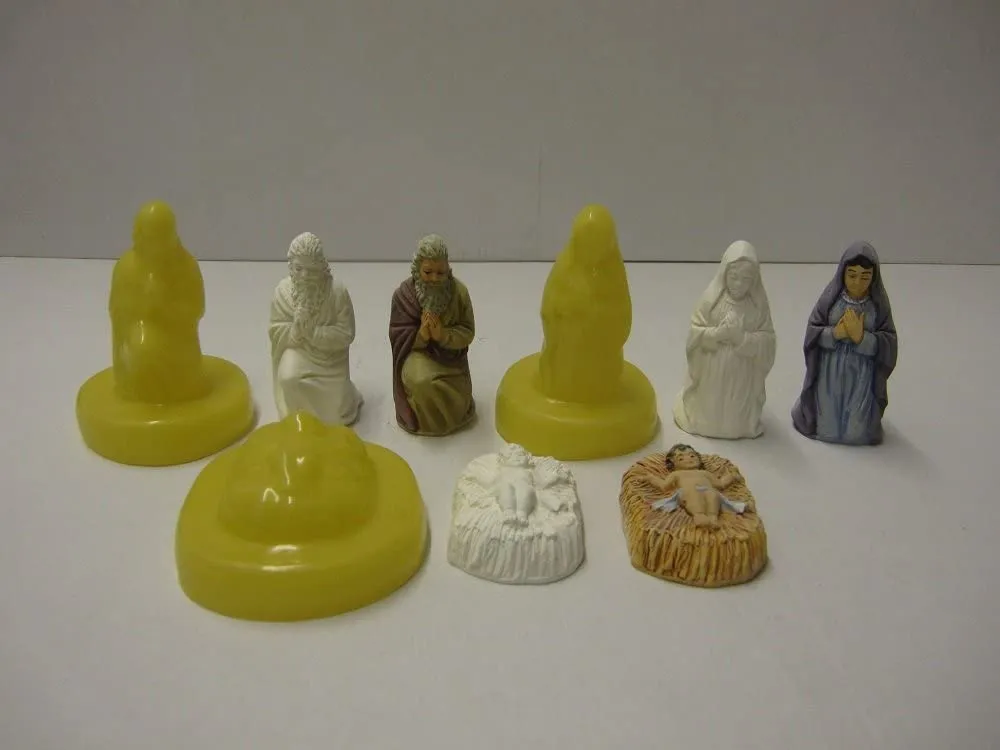
This eight-piece mould kit features Joseph, Mary and Baby Jesus. It also has the wise men and shepherds so you can make your own traditional Nativity.
Venus de Milo

This elegant Venus goddess mould is actually for candles, but it can also be used for plaster of Paris, resin and soap! Just be careful to work out the air bubbles to retain as much strength as possible where the features are more delicate (like her neck).

